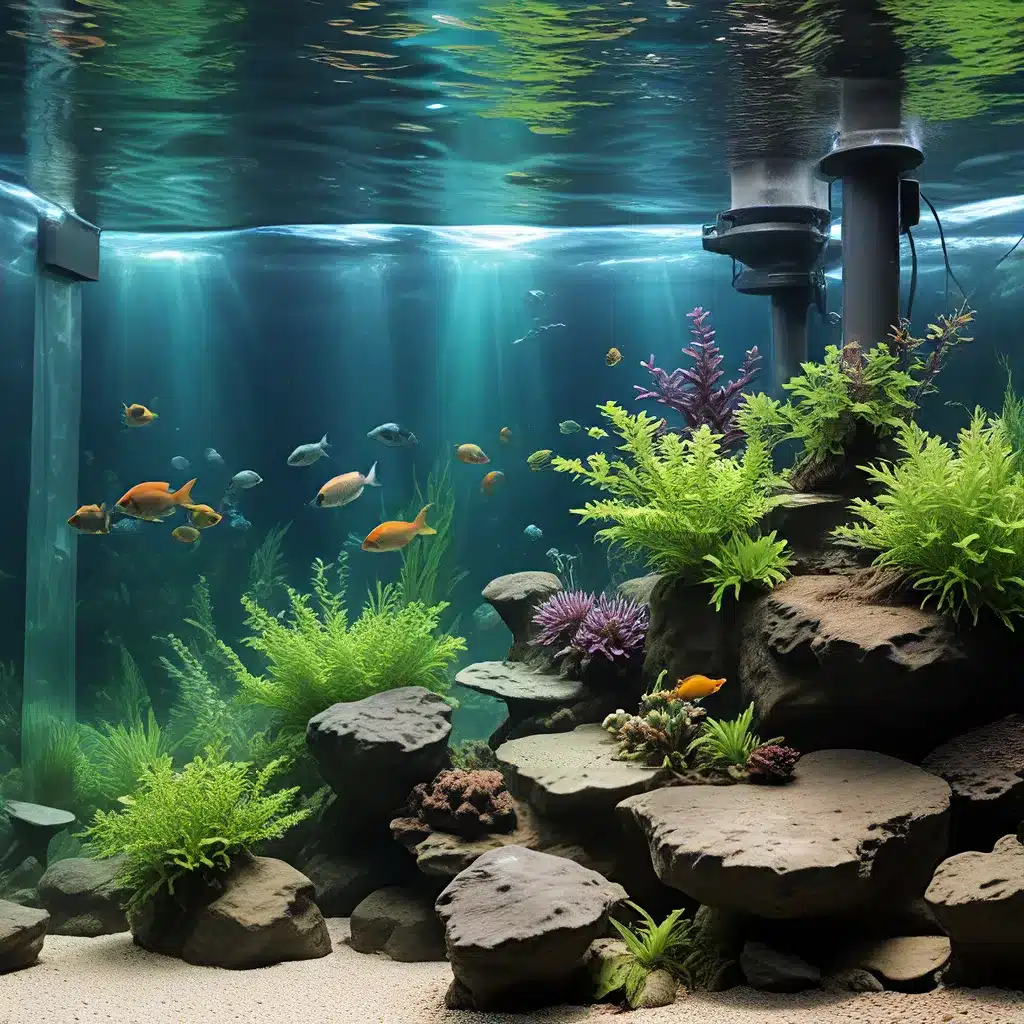
Aquarium enthusiasts know that maintaining pristine water quality is the foundation for a thriving aquatic ecosystem. Whether you’re keeping delicate plants, sensitive fish, or a vibrant community of aquatic life, understanding the intricacies of water conditioning and dechlorination is crucial. In this comprehensive guide, we’ll navigate the complexities of aquarium water management, exploring the pros and cons of using tap water, decoding the mysteries of water chemistry, and equipping you with advanced strategies to optimize your aquatic environment.
Demystifying Tap Water: The Aquarist’s Dilemma
Tap water, long considered the enemy of aquarium hobbyists, has often been shunned in favor of more “pure” water sources like reverse osmosis (RO) or distilled water. However, with the right knowledge and approach, tap water can be a viable and even advantageous option for your aquarium.
The key lies in understanding the contents of your tap water. Imagine your tap water as a potent elixir with the power to supercharge your aquarium or sabotage it completely. By conducting a detailed analysis of your local water supply, you can unlock a world of potential, learning to harness its unique properties while mitigating the risks.
Advanced growers in the hydroponics community have already demonstrated the viability of using tap water, challenging the notion that purified water is the only path to success. As aquarists, we can learn from their experiences and apply similar strategies to our aquarium setups.
Weighing the Pros and Cons of Tap Water
Tap water offers some tempting benefits, but it also comes with very real challenges. As an advanced aquarist, you need to make a clear-eyed assessment of whether the trade-offs are worthwhile for your specific goals and aquarium setup.
Pros:
– Cost Savings: Using tap water can significantly reduce your water expenses compared to constantly purchasing purified or distilled water.
– Convenience: Tap water is readily available, eliminating the need for regular water deliveries or extensive filtration setups.
Cons:
– Water Chemistry Complexity: Tap water can have a wide range of dissolved minerals, pH levels, and other chemical properties that require careful monitoring and management.
– Potential Instability: Fluctuations in your local water supply can lead to unpredictable changes in your aquarium’s water parameters, putting your aquatic life at risk.
– Equipment Damage: The mineral content and other impurities in tap water can potentially corrode or clog your aquarium equipment over time, leading to costly replacements.
The decision to use tap water ultimately depends on your willingness to take on the extra work of managing its complexities and your ability to consistently maintain optimal water conditions. For some aquarists, the potential cost savings and convenience may be worth the increased effort, while others may find that the risks outweigh the benefits.
Strategies for Successful Tap Water Management
If you’ve decided to embrace the tap water challenge, it’s time to equip yourself with the knowledge and tactics to overcome the obstacles and harness this sometimes-unpredictable resource.
Understand Your Water Source
The first step is to conduct a comprehensive analysis of your tap water. This involves testing for parameters such as pH, hardness, alkalinity, and the presence of any heavy metals or contaminants. Many water treatment facilities provide detailed reports on the composition of their water supply, which can serve as a valuable starting point for your investigation.
Invest in Effective Filtration
Once you have a clear understanding of your tap water’s composition, you can select the appropriate filtration system to address any problematic elements. This may include a combination of mechanical, chemical, and biological filtration, as well as specialized media like activated carbon or ion exchange resins.
Master Dechlorination Techniques
Chlorine and chloramine, commonly used to disinfect municipal water supplies, can be harmful to aquatic life. Effective dechlorination is essential when using tap water. Explore a variety of dechlorinating products, from chemical additives to UV sterilizers, to find the solution that best suits your aquarium’s needs.
Implement Gradual Acclimation
When transitioning your aquarium to tap water, resist the temptation to make sudden, drastic changes. Instead, slowly acclimate your aquatic inhabitants by gradually mixing in the new water over time. This helps minimize stress and give your fish, plants, and beneficial bacteria time to adjust to the changing water parameters.
Monitor and Adjust Regularly
Ongoing vigilance is key when using tap water. Regularly test your aquarium’s water parameters and be prepared to make adjustments as needed, whether that means adding buffers, performing partial water changes, or fine-tuning your filtration system.
When Tap Water Isn’t the Best Choice
Despite your best efforts, there may be instances where tap water is simply not the most suitable option for your aquarium. Extreme mineral imbalances, wildly fluctuating pH, or persistent issues with plant or animal health are all signs that it may be time to consider alternative water sources.
In these cases, switching to a more predictable and stable water supply, such as reverse osmosis (RO) or deionized (DI) water, may be the wisest and most successful strategy. While this may come at a higher financial cost, the benefits of consistent water quality and the reduced risk to your aquatic ecosystem can be well worth the investment.
Empowered Aquarium Maintenance
Navigating the complexities of aquarium water conditioning and dechlorination is a testament to your dedication as an advanced aquarist. By embracing the knowledge and strategies outlined in this guide, you’ve equipped yourself to make informed decisions about the appropriate water source for your aquarium’s unique needs.
Remember, tap water is not a one-size-fits-all solution, but rather a tool in your aquarium arsenal. Thoughtfully consider the pros and cons, analyze your specific water supply, and implement the necessary measures to ensure the long-term health and stability of your aquatic paradise.
Embark on your water management journey with confidence, knowing that by mastering these techniques, you’ll be able to create a thriving, vibrant aquarium that will captivate and inspire fellow hobbyists. Visit King Aquarium to explore a wide range of aquarium products and resources to support your aquascaping and water management efforts.

